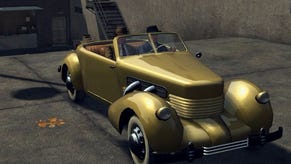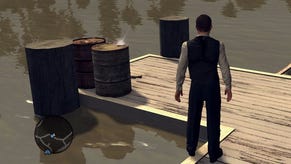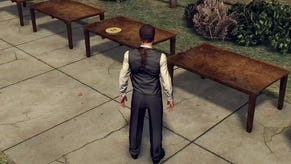Face-Off: L.A. Noire
Private investigation.
Also far less impactful than you would imagine is the fact that the Xbox 360 version of L.A. Noire sits on three DVDs while the PlayStation 3 release occupies just the one single-layer Blu-ray disc. A quick look at the disc structure of the game reveals that the vast majority of the space is being used for in-game assets: across all three discs, only around 900MB of data is actually allocated for movies (based on what the filenames are telling us, at least). This seems to be identical to what we see on the PS3 Blu-ray disc too.
So what accounts for this colossal amount of data? Does L.A. Noire really need three discs? The answer is an unequivocal "yes". In fact, when you compare the make-up of the PS3 BD to the Xbox 360 DVDs, it seems remarkable that Team Bondi only needed three of them!
First up, it's worth bearing in mind that the Xbox 360 version will be mirroring a lot of data across all three discs - the entire city and associated assets like vehicles, for starters. Where we see differences is in data for characters (Rockstar hired over 400 actors for L.A. Noire), along with case-specific environments and the hours upon hours of voice data. In all, if you factor out the duplicate content between discs, Xbox 360 L.A. Noire takes up 13.2GB of space in all, compared to an equivalent of 22.9GB of game data on the PS3 version.
Direct comparison of the files between the 360 and PlayStation discs throws up some interesting factoids: elements such as the movies, generic audio and the motion capture data appear to be effectively identical between both systems, taking up the same amount of space. However, on the "cases" data for example, we see an enormous difference - the PS3 occupies a mammoth 14.3GB of data in one single file, while the 360 uses just 5.48GB spread across the three discs in a number of different files.
While there may be any number of explanations the most obvious would be that Team Bondi needed to do a lot more work to fit the 360 version onto three DVDs than we might have anticipated. Bearing in mind that game content is effectively identical, it suggests that the programmers had to implement a computationally more expensive compression scheme on Xbox 360 to make the game fit - and on-the-fly decompression of these assets may have performance implications.
The question of whether three discs impacts the game experience can be answered fairly easily. Similar to Final Fantasy XIII, the game is linear in nature, so on your first playthrough you swap discs twice and that's it - short of a couple of short trips from the couch, you're not going to be too concerned. For the record, we finished disc one in just over four hours while disc two lasted significantly longer at just over seven (your mileage may vary).
However, the game also allows you to go back and tackle individual cases again once you've completed them, in the hope of getting a better rank: obviously if you're switching between a range of different cases, it's much easier to move between them on PlayStation 3.
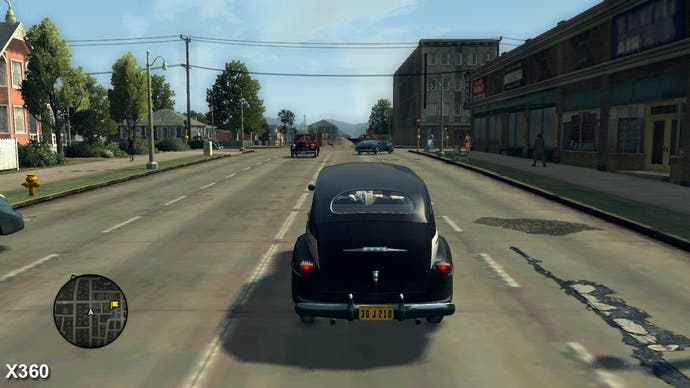
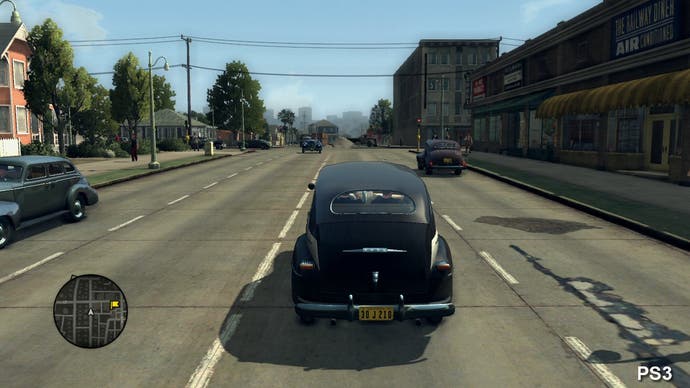
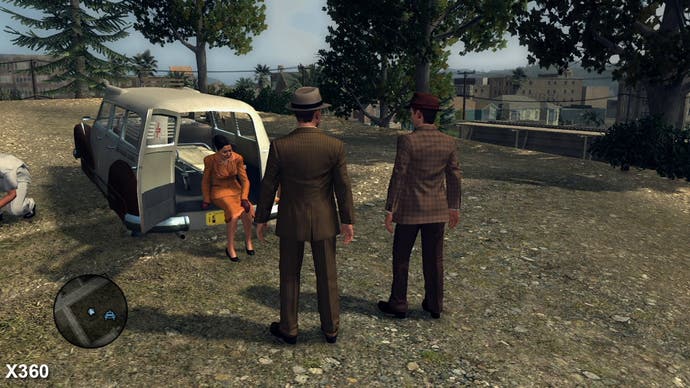
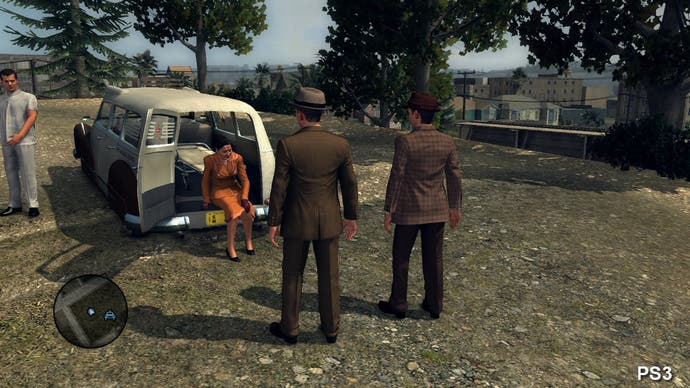

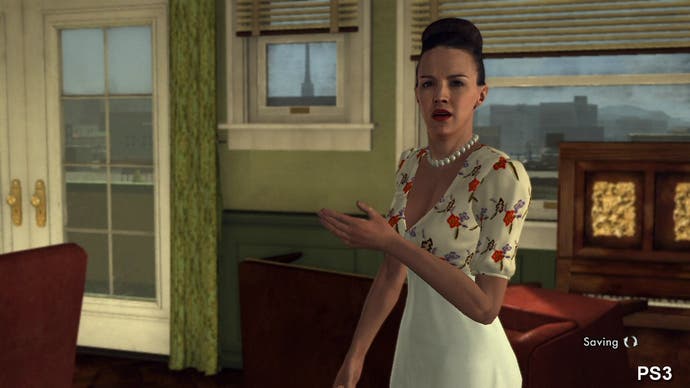
Going back and taking on the cases again is a worthwhile pursuit. It's possible to finish off investigations without pursuing entire lines of enquiry based on single clues, so the chances are that there's a fair bit of gameplay (and perhaps even action sequences) you might have missed. A typical case mid-game takes around 40 minutes to complete, so it's not as if you're going to be jockeying discs left, right and centre - but the fact that 360 owners have to swap over even if all three are installed to HDD is a bit of a pain.
On a more general level, developers have got used to developing to a single DVD's worth of space for cross-platform games projects and all too often the mammoth amount of extra space available on the PlayStation 3 Blu-ray drive is woefully under-utilised, if it is used at all. L.A. Noire is one of the few multi-platform games that makes use of that space, and it is perhaps a sign of the times - that the Xbox 360's DVD drive is now becoming a limiting factor for those developers and publishers operating with very large budgets and ambitious, content-heavy game concepts. Bearing in mind that L.A. Noire almost fills up an entire single-layer BD, and that the Xbox 360 version has to mirror a lot of common data over its three discs, it's something of a marvel that Team Bondi managed to get the game to fit at all. That they have done so seemingly without sacrificing game content is quite remarkable.
In the final analysis, L.A. Noire on PlayStation 3 is the one to get. It's smoother, it seems to have fewer streaming bugs, and of course there's no disc swapping. However, factoring in the enormity of the game, it's a credit to Team Bondi that the Xbox 360 version is as close as it is, and so long as you're aware of the gameplay issues and annoyances that Oli covered off in the L.A. Noire Eurogamer review, it's a great buy regardless of the console you own.



